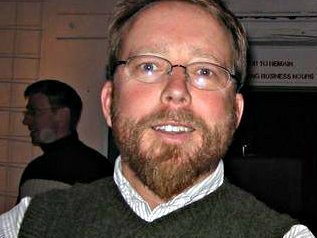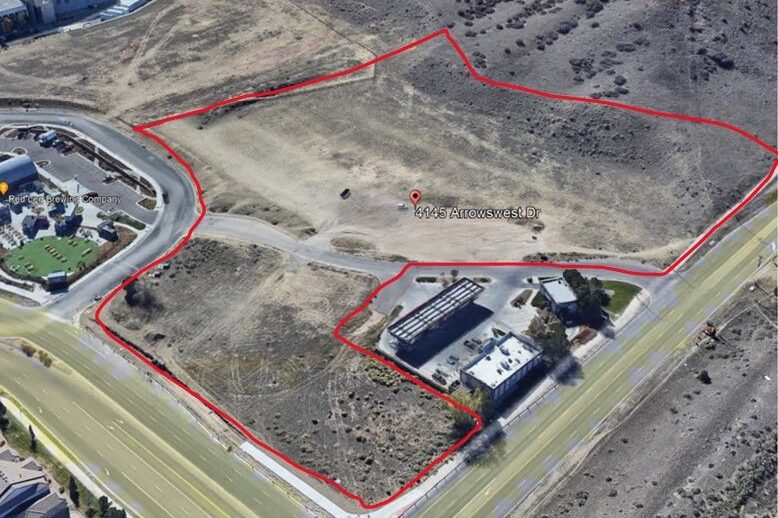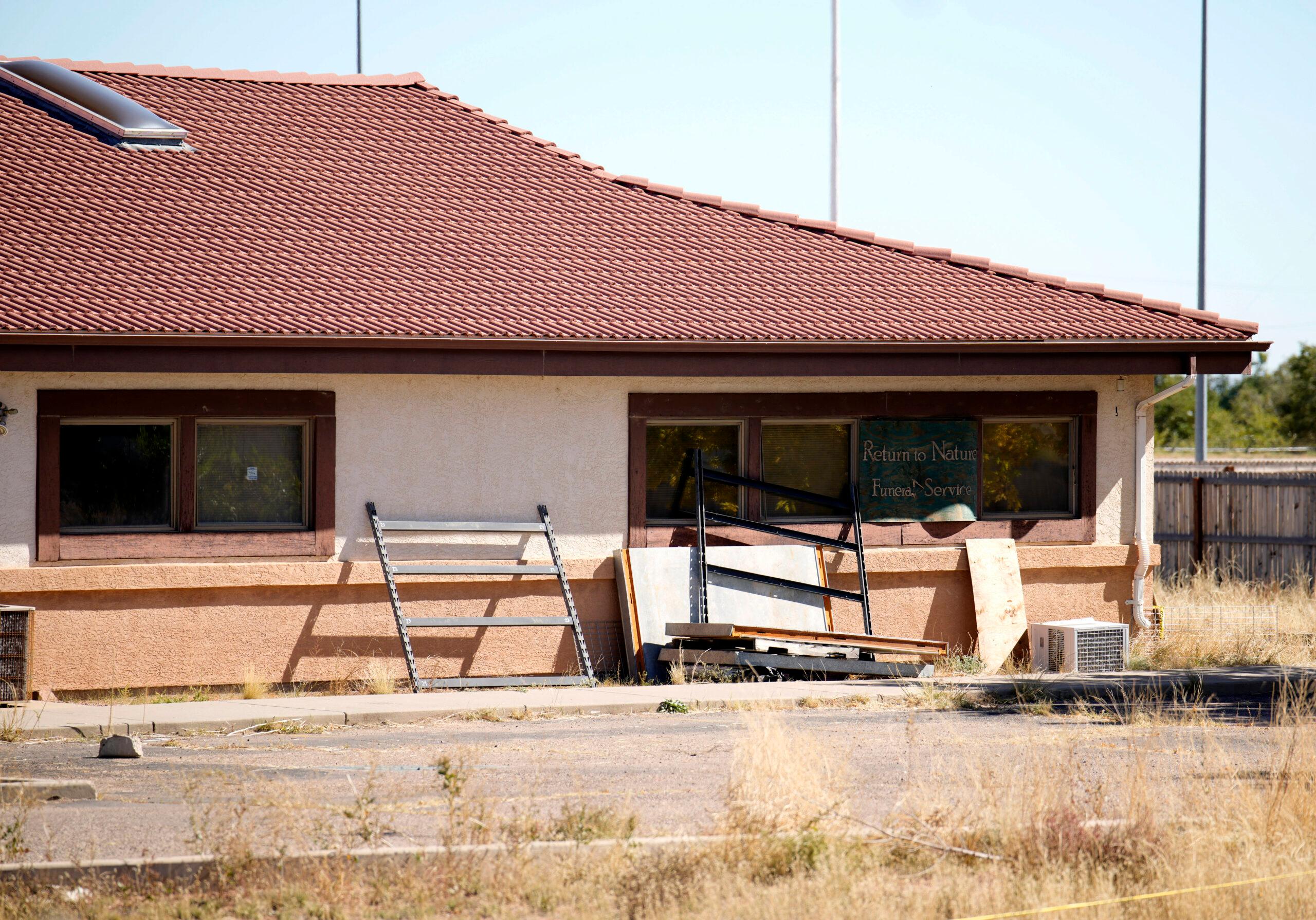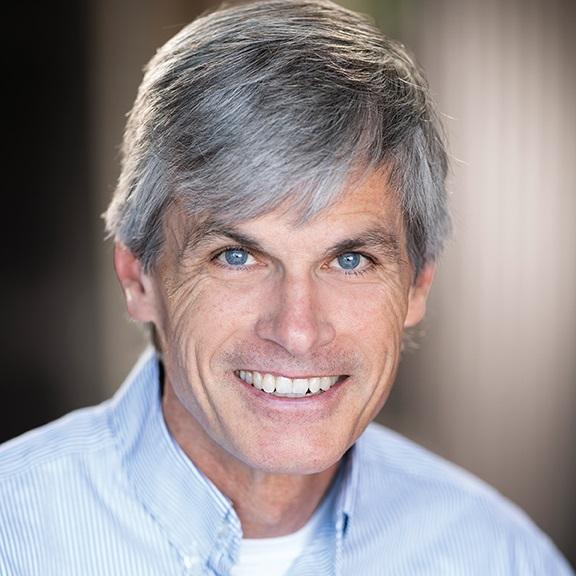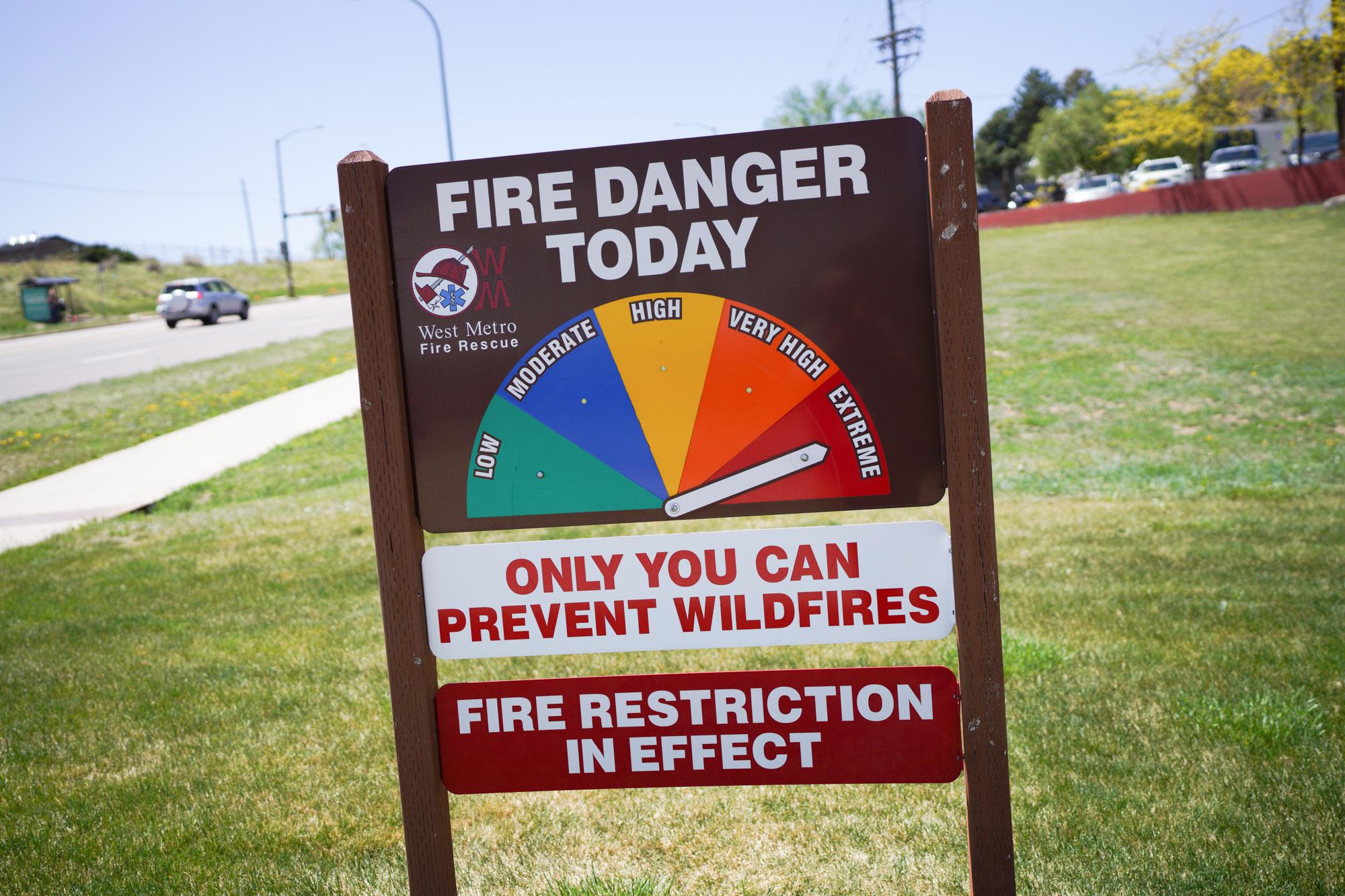There aren’t enough doctors in rural Colorado, and the shortage is projected to get worse. The White House’s health plan is expected to boost demand for family physicians, just as doctors born during the baby boom start to retire. For small towns, recruiting doctors can be hard. The pay isn’t great, spouses can have a hard time finding jobs, and some doctors just plain don’t like running into their patients at the grocery store. But there are benefits; a slower pace of life, natural beauty, and long-term relationships with patients many doctors find satisfying.
CPR Health Reporter Eric Whitney speaks to Ryan Warner about one new doctor who's eager to start work in Alamosa, and how CU is trying help small towns grow their own physicians. But first, Whitney has the story of CU medical students getting the chance to live the rural life, by opting to spend a week in a small town. Here's a transcript of his report:
CPR Health Reporter Eric Whitney: You don't have to tell San Luis Valley native Aaron Abeyta that recruiting and keeping doctors is a problem here. He lives in Conejos, a tiny, dilapidated village just six miles north of the New Mexico state line.
Aaron Abeyta: Just the clinic up the road at La Jara, there's a nurse practitioner up there, she's booked four months out. In the time my wife and I have been going to see her, they've gone through I think seven doctors.
Whitney: Abeyta teaches English at Adams State College in Alamosa. He understands why some doctors don’t stay very long after taking jobs in the Valley.
Abeyta: It's cold, it's windy, and it's not Denver cold, it's like Minnesota cold. And it's not Denver windy, or Boulder windy, it's like coast of Ireland windy.
Whitney: And, he says, the locals can be less than welcoming of newcomers. Like when a new doctor came to Center a few years ago.
Abeyta: When he first got here, he was greeted with people vandalizing his car and what have you.
Whitney: The doctor is now an accepted and valued member of the community, Abeyta says, but it took a feeling-out period. Abeyta says that's because people here are used to being taken advantage of. They assume that if a doctor comes here, it's to help themselves, not the people.
Abeyta: They come to get their loans forgiven or some sort of on the job training or what have you, and then they're gone within the year.
Whitney: The average student loan debt of a med school grad at CU is $160,000. Doctors who agree to work in rural Colorado can get all or part of that forgiven, in return for two or three years of service.
That’s a great incentive, says Dr. Greg McAulliffe. He’s chief medical officer at Alamosa’s 57-bed hospital, the biggest in the Valley. But he still can’t get enough doctors.
Dr. Greg McAuliffe, chief medical officer, San Luis Valley Regional Medical Center: We have no cardiologist in the Valley, we have no urologist in the Valley.
Whitney: How long does it typically take to recruit a doc?
McAuliffe: If you're talking an internal medicine physician or a family medicine physician, it's probably going to take you six to twelve months. If you're looking for an orthopedic surgeon, that could take several years.
Whitney: How long have you been trying to get an orthopedic surgeon?
McAuliffe: I would say, going on three years.
Whitney: But how can medical students, many of them raised in cities, know whether they're likely to stick in a small town after they get their loans repaid? That’s where the rural track program at CU’s medical school comes in.
Every summer Dr. Mark Deutchman brings about 20 students early in their training to places like Sterling, Delta and, this year, Alamosa, to see if rural life is really for them.
Dr. Mark Deutchman, director, Rural Track, CU School of Medicine: If they decide that they're not interested in it, it's better for them to know now than after they go to a place and say, 'oh, I can't live here.'
Whitney: Students go out in groups of four or five to check out different parts of the community, like this tour of Alamosa's hospital (sound of tour).
Nursing student Terra Thompson of Boulder is on the tour. She spent part of her childhood in the mountains near here, and thinks she might want to come back and try it full time.
CU Nursing Student Terra Thompson: There's things, certain things in life that you want to go out there and sort of experience, and I think living in a rural community is definitely something that I would like to experience.
Whitney: She got the memo about the low pay, the isolation, the bone-numbing cold of a valley floor that sits nearly 8,000 feet above sea level. But she and the other students also got to see what draws people to the Valley.
Whitney: (Sound of horses hooves on pavement, harnesses, buggy wheels) Part of the visit was meeting some members of the Valley's small Amish community. After dinner on a farm, teenagers in handmade clothes took the students for horse-drawn buggy rides across a landscape embraced by mountains on all sides, clear blue skies overhead.
Around them, irrigated farm fields deep green with alfalfa and oats, the country roads undisturbed by cars.
At the end of the week, one student said she thought she had a crush on Alamosa. Nursing student Terra Thompson says she could see the appeal.
Thompson: I think I could see myself living there, it is far from music or movie theaters or that sort of thing, but I think you'd find other things to do.
Whitney: But she learned on this trip not to take a job or a commitment in the Valley lightly.
Thompson: It’s almost like having a relationship with that community, and I wouldn’t want to let that down.
Whitney: Some doctors and nurses come to the Valley thinking they’ll only stay a few years, and then never leave.
Aaron Abeyta understands why. He was invited to tell the med students about Valley culture. He says, if you appreciate this high, dry patch of land, the people here will take care of you. It can be a little slice of heaven.
Abeyta: You can go other places, you can enjoy other places, but when you come over La Veta Pass and there's the sign, entering the San Luis Valley, its like this anima, this beautiful thing, it fills you up.
[Photo: Courtesy CU School of Medicine]
